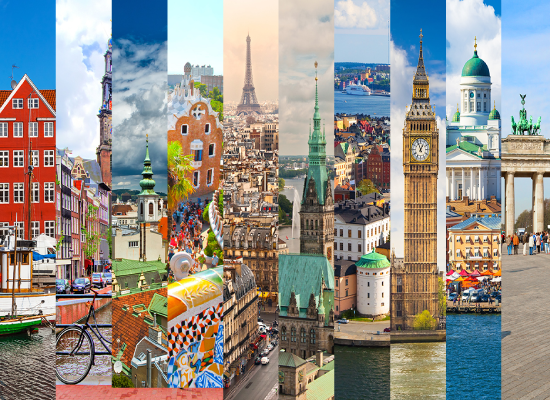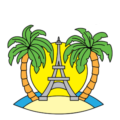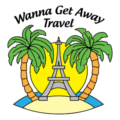
Europe:
Europe is a continent of remarkable diversity and rich history, located in the Northern and Eastern Hemispheres. It’s known for its variety of cultures, languages, and landscapes, and has had a profound impact on global history and civilization. Here’s a detailed overview of Europe:
Geographic Diversity
Cultural and Linguistic Diversity
Historical Context
Economic Landscape
Political Structure
Modern Trends
Tourism and Heritage
In summary, Europe is a continent of intricate diversity and historical depth, known for its influential role in world history, vibrant cultures, and dynamic economies.

